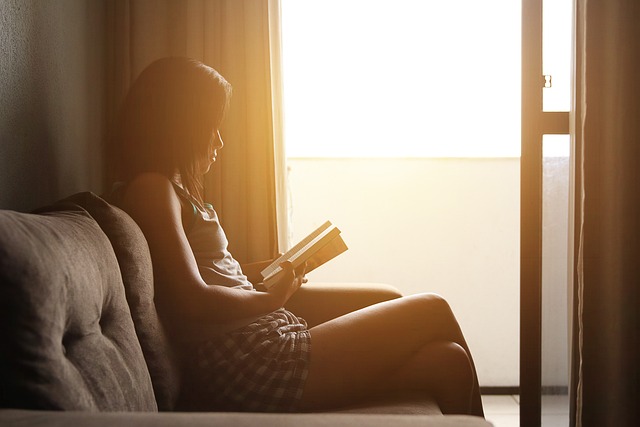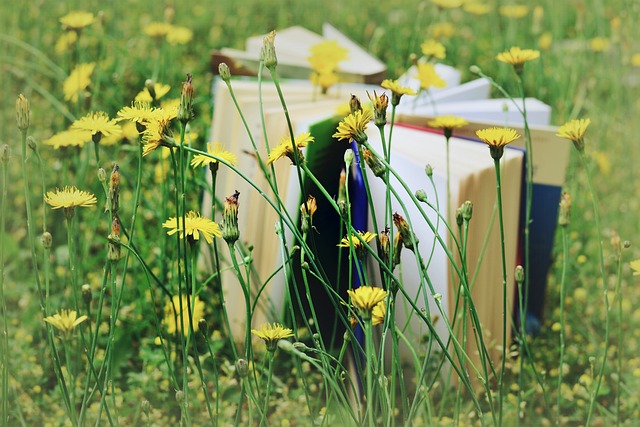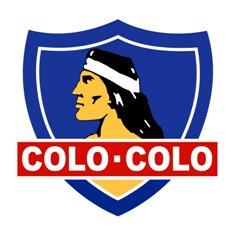A unique place
Chiloe’s tourism industry is sustained on two great pillars: beautiful natural surroundings and unique cultural attractions.
Many different ecosystems coexist on this archipelago, making it a one-of-a-kind place, home to endemic plant and animal species. Its rugged relief makes for eye-catching scenery, such as natural coastal rock formations, lakes, lagoons, rivers and evergreen forests.
Chiloe’s rich culture and the peculiar way of life of its inhabitants draw visitors from all over the world. They are happy to stroll through Chiloe’s cities and towns built right along the shore or amidst green valleys.
The life of a chilote is interesting -they basically depends on marine and farming resources to live- as is the way they relate to their families, their history, which goes back several centuries, and their cultural expressions, like the churches of Chiloe, some of which are World Heritage Sites.
Main attractions
– Castro: the capital of the Chiloe province is located 174km from Puerto Montt. It was founded on February 12, 1567 (it is the third oldest city in Chile) by Spaniard Martin Ruiz de Gamboa. The main tourist draws are the stilt houses, the Museo Regional de Castro (Castro Regional Museum), which houses a great collection of chilote objects, the Museum of Modern Art and the Apostol Santiago and San Francisco de Castro churches, declared World Heritage Sites by Unesco. There is also the handicraft fair that takes place on Lillo street, and, every summer, they have the Festival Costumbrista Chilote (Chilote Folkloric Festival), an event held on the high grounds of the city. It is the largest of its kind in the south of the country.
– Ancud: this city found on the northeast part of the island was founded on August 20, 1768. Some of its main attractions are the San Antonio and Ahui forts, the lookout point atop Huaihuen hill –you can see the Chacao channel, the coast of Maullin and the Doña Sebastiana and Horcones islets from here-, and the San Francisco neoclassic church. In this city you can also visit the Museo Azul (Blue Museum), also known as the Audelio Borquez Canobra Regional Museum. Inside it has representations of mythological beings made out of cancagua stone, as well as a replica of a chilote dingy called Ancud, which was used to take over the strait of Magellan in 1843.
– Dalcahue: it is located 25 km from Castro, along the coastline that leads to the gulf of Ancud. Its name comes from mapudungun and means place of dalcas. Dalcas are boats made out of three wooden boards tied together. They were used by the indigenous people who lived in this area. Dalcahue’s main attractions are the Dalcahue and San Juan churches, the Museo Historico Etnografico (Ethnography History Museum), which focuses on the history of the chonos, the huilliches, the payos, the cuncos and the evolution of the chilote people, their handicrafts, folkloric instruments, among other things, and the handicraft fair held on Thursdays and Sundays. It gathers artisans from nearby islands and towns.
– Chonchi: founded in 1767 under the name Villa San Carlos de Chonchi, it is located 20 km from Castro. It is known as the three story city, because it was built on the side of a hill that has three terraces. Its main attractions are the San Carlos de Borromeo and Vilupulli churches –declared National Monuments in 1971- and the Museo de las Tradiciones Chonchinas (Museum of Chonchi Traditions), which recreates interior décor from the early XX century. The constructions of Chonchi are made out of cypress wood and are painted in bright colors. Some of them are local retailers that sell typical local products, like licor de oro (gold liquor), cherry liquor and roscas chonchinas (chonchina donuts, a type of sweet bread). In February, the town hosts the Fiesta Criolla de Chonchi (Chonchi Criollo Festivity).
– Quemchi: it is a small fishermen’s cove located on Chiloe’s north shore. Its main attractions are its picturesque streets, the promenade, their municipal fabric factory, miniature ship handicrafts and the Coloane family mausoleum. At the beginning of February, they host the Festival Regional del Salmon (Regional Salmon Festival).
– Achao: it is the capital of the comuna of Quinchao. Its architecture is known for the many different shapes of Patagonian cypress tiles used to adorn their homes. In front of the main square you find the Santa Maria de Achao Church, a World Heritage Site.
– Quellon: it is the southernmost town on the island, 92 km south of Castro. It was founded by the Compañia Destiladora Quellon (Quellon Distilling Company) in 1906, pioneers in the elaboration of acetone, alcohol and vegetable coal. It currently serves are a loading dock for ferries heading to Chaiten and Aisen. The locals hold a fair on Mondays and Fridays where they sell their crafts.
– Cucao: small seaside town located 50 km southeast of Castro. It is known for its massive beach and for the Chiloe National Park.
– Queilen: it is located 46 km from Chonchi and its main tourist draws are fine sand beaches and crystal waters, perfect for practicing water sports and taking a motorboat ride. You can also visit Acui and Tranqui islands from here.
– Curaco de Velez: it is the smallest comuna in Chiloe. The local residents grow potatoes, wheat and oats.







